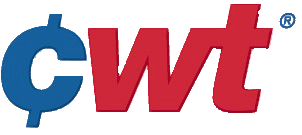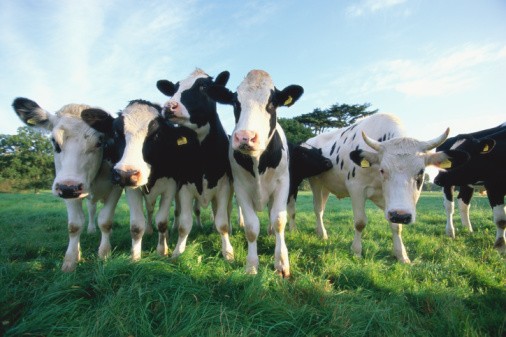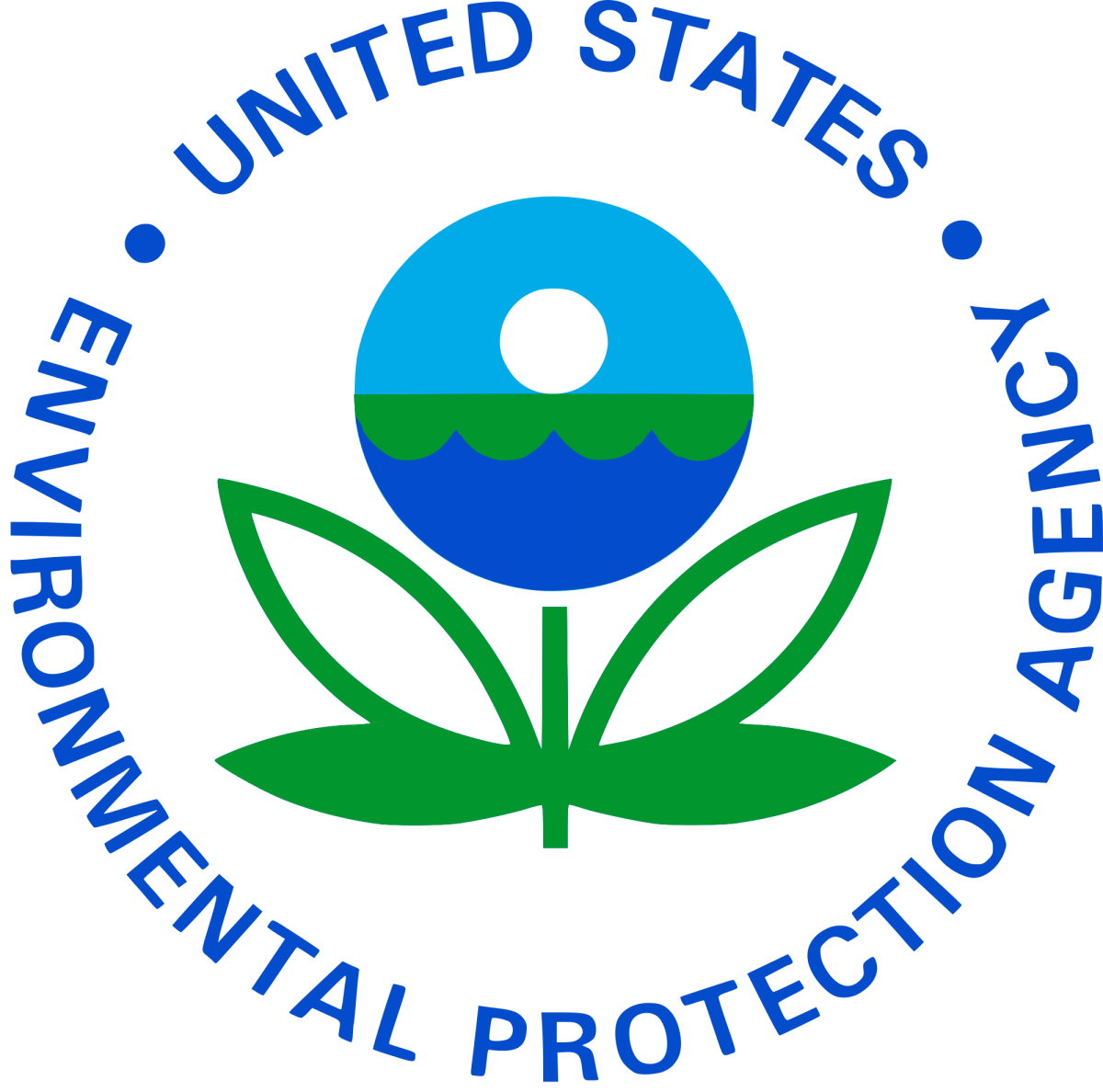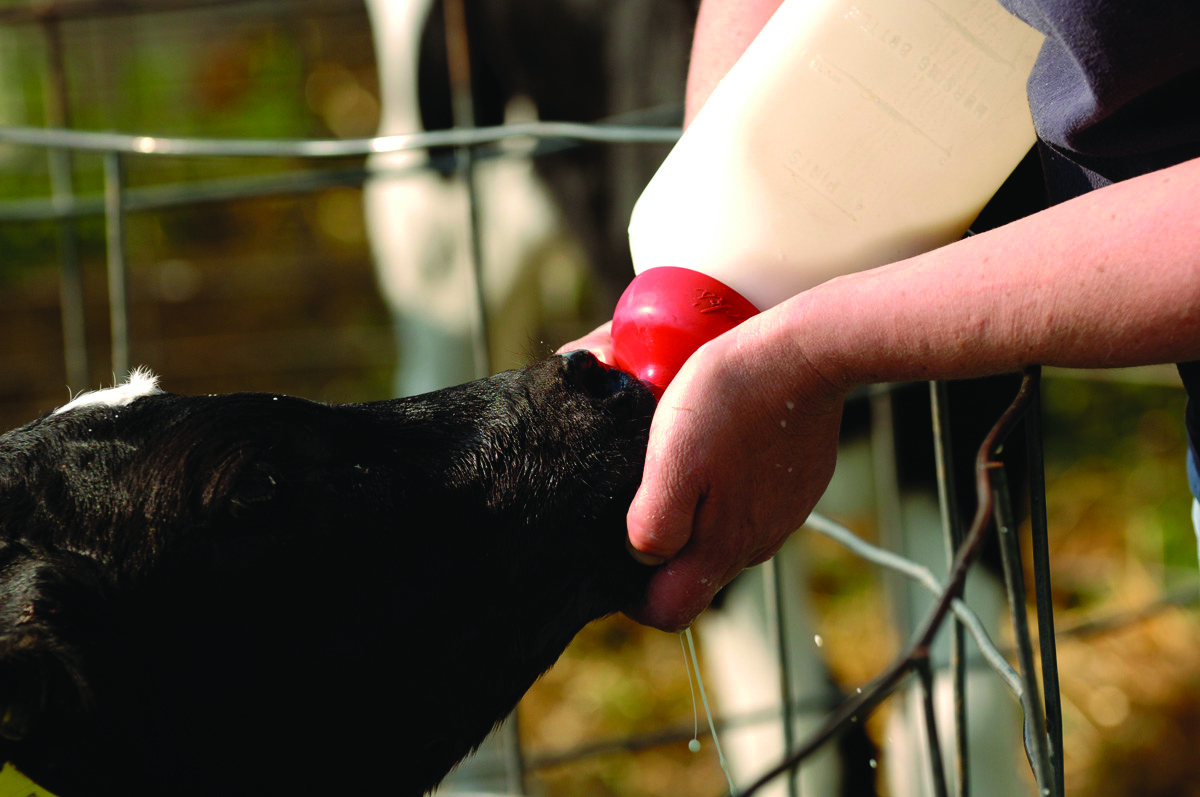There’s been no shortage of heated rhetoric on the presidential campaign trail in recent months about the impact of trade policy on America’s economy. Much of that language has been derogatory as the leading contenders in both the Democratic and Republican primaries express their opposition to the new Trans-Pacific Partnership (TPP) that was negotiated last year, and blame trade agreements in recent decades for costing America jobs.
Setting aside politics for the moment, the fact is that trade agreements, as with other forms of diplomacy, are a two-way street, involving significant compromises in search of a win-win outcome. They never produce black-or-white outcomes. The benefits, as well as the losses, can sometimes be hard to quantify.
But given the potential consequences of the TPP for our domestic dairy economy, National Milk, working with the U.S. Dairy Export Council, vigorously engaged in the years-long negotiations to protect and promote the interests of the U.S. dairy industry. We fought to the last minute of the last day of the trade talks in advocacy of a positive outcome for our members.
Once the final details were announced last fall, we spent the following several months weighing the overall potential impact of the TPP for our industry. Our verdict is that America’s dairy farmers and marketers will be better off with this agreement than without it.
At the same time, however, the still-pending trade agreement with the European Union is another story altogether, and it’s clear that, in the case of the Transatlantic Trade and Investment Partnership (TTIP), having no deal is better than what has been achieved to date. More on that later.
If adopted, the TPP would be one of the largest trade agreements in decades, as it involves the United States and 11 other countries bordering the Pacific. When the TPP talks were initiated more than eight years ago with a smaller set of countries, our primary concern was the insistence by New Zealand – a prime mover behind the TPP – on unfettered access to our market, while the United States lacked a commensurate opportunity to increase its own dairy exports through the agreement. Fortunately, our prospects brightened when Japan and Canada subsequently joined the negotiations. While we sought significant new access into those markets, at the end of the day our negotiators were only able to achieve some modest new benefits for the United States.
Taken together, the overall market opportunities in the TPP are neutral to positive for our industry. We avoided an unbalanced outcome that could have left America’s dairy farmers with far more imports and no new exports. There is also the likelihood of other Asian nations signing onto this agreement in the future and thereby continuing to expand the pie.
Just as important, the TPP contains new provisions to avoid future barriers that could hinder our exports. The agreement’s language on food safety issues, as well as common food names, should greatly reduce the opportunity for our TPP partners to create sudden and unwarranted barriers to trade. These features are among the primary benefits of an FTA, if they are implemented properly.
In expressing support for the TPP, NMPF has emphasized that the fine print really matters. We are endorsing the outlines of the agreement, but will continue to insist that the terms agreed to need to be followed by the other countries in this agreement. We’ve seen some recent disturbing examples – such as Canada threatening to arbitrarily change its cheese standards to hamper U.S. milk protein exports – where our partners are trying to backslide on compliance with previous commitments. The U.S. needs to be continually vigilant so that doesn’t happen with the TPP signatories down the road.
Regrettably, the status of the still-evolving major European free trade agreement isn’t nearly as encouraging. The most important element of the transatlantic trade discussions – tackling the EU’s various nontariff constraints on U.S. dairy exports, including the inappropriate use of geographical indications – remains unresolved. And the concern now is that with nine months left in the Obama Administration, there could be an effort to sweep these serious U.S. dairy sector concerns under the rug so that that the TTIP deal can be finished. We have sent the unequivocal signal that such an outcome is a deal-breaker for our farmer members.
What’s lost in this election-year, silly season is that regardless of whether one country agrees to a free trade agreement with others, the overall forces of globalization will continue, as they have for decades. The world has gotten smaller.
Think of it as a highway where agreements like the TPP help to police the rules of the road. They enable us to avoid costly pile-ups by enforcing the rules. This is all the more important because when we produce 30 billion pounds more milk than we have a market for in this country, we are well past the point where we can ignore the seven billion people that live beyond our borders.

 Cooperatives Working Together member cooperatives last month received 31 contracts to sell 3.946 million pounds of cheese, 2.535 million pounds of butter and 5.589 million pounds of whole milk powder. The products will go to customers in Asia, Central America, the Middle East, North Africa, Oceania and South America. The product will be shipped from March through September 2016.
Cooperatives Working Together member cooperatives last month received 31 contracts to sell 3.946 million pounds of cheese, 2.535 million pounds of butter and 5.589 million pounds of whole milk powder. The products will go to customers in Asia, Central America, the Middle East, North Africa, Oceania and South America. The product will be shipped from March through September 2016.
 In reaction to public health concerns about the effectiveness of antibiotics, the Obama Administration
In reaction to public health concerns about the effectiveness of antibiotics, the Obama Administration  Dairy farmers continued in 2015 to improve their already stellar track record of keeping antibiotic residues out of the milk supply, with the
Dairy farmers continued in 2015 to improve their already stellar track record of keeping antibiotic residues out of the milk supply, with the  NMPF joined the Environmental Protection Agency (EPA) last week in congratulating the winners of Phase 1 of EPA’s Nutrient Recycling Challenge. The EPA’s challenge, launched last November, is a national competition, formed in partnership with dairy and other livestock groups, to develop affordable technologies to manage nutrients from livestock manure.
NMPF joined the Environmental Protection Agency (EPA) last week in congratulating the winners of Phase 1 of EPA’s Nutrient Recycling Challenge. The EPA’s challenge, launched last November, is a national competition, formed in partnership with dairy and other livestock groups, to develop affordable technologies to manage nutrients from livestock manure. A bill backed by NMPF that would have created a national, voluntary labeling standard for foods made with genetically modified ingredients (GMOs) failed on the Senate floor March 16, when the measure did not win the 60 votes needed to move it forward.
A bill backed by NMPF that would have created a national, voluntary labeling standard for foods made with genetically modified ingredients (GMOs) failed on the Senate floor March 16, when the measure did not win the 60 votes needed to move it forward. The National Milk Producers Federation Board of Directors recently approved revisions to the dairy industry’s animal care program, Farmers Assuring Responsible Management (FARM). The changes, approved on March 8, were recommended by both the FARM Technical Writing Group and NMPF’s producer-led Animal Health and Wellbeing Committee.
The National Milk Producers Federation Board of Directors recently approved revisions to the dairy industry’s animal care program, Farmers Assuring Responsible Management (FARM). The changes, approved on March 8, were recommended by both the FARM Technical Writing Group and NMPF’s producer-led Animal Health and Wellbeing Committee. The National Milk Producers Federation voted at its March board meeting to support the Trans-Pacific Partnership (TPP) agreement, and urged Congress to pass it this year – as long as certain implementation and enforcement concerns are addressed. The TPP agreement is a historic trade pact between 12 countries bordering the Pacific Ocean.
The National Milk Producers Federation voted at its March board meeting to support the Trans-Pacific Partnership (TPP) agreement, and urged Congress to pass it this year – as long as certain implementation and enforcement concerns are addressed. The TPP agreement is a historic trade pact between 12 countries bordering the Pacific Ocean.




